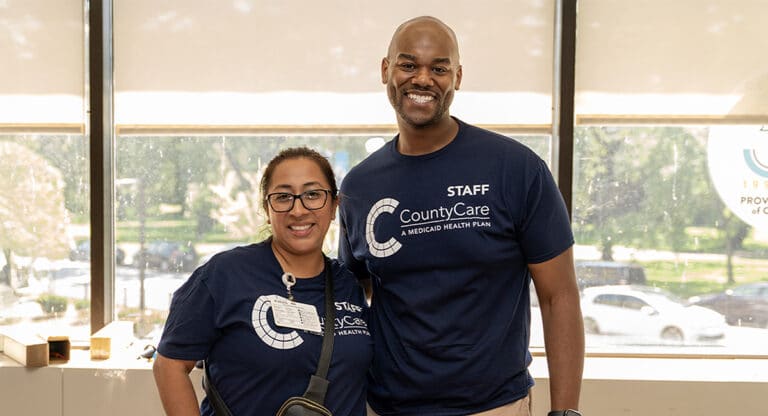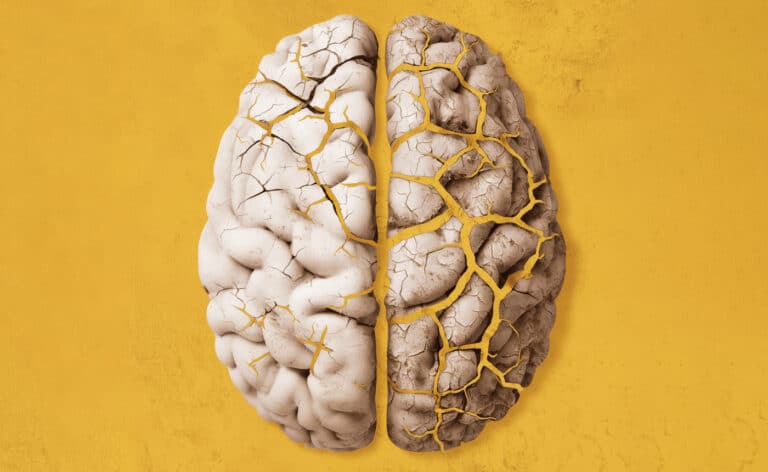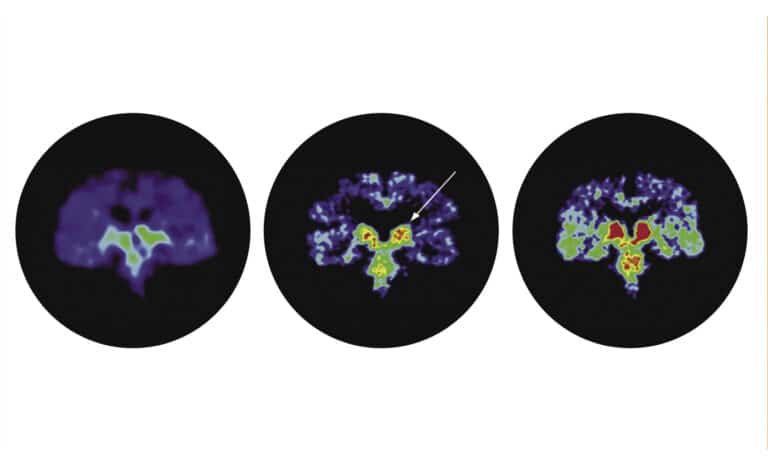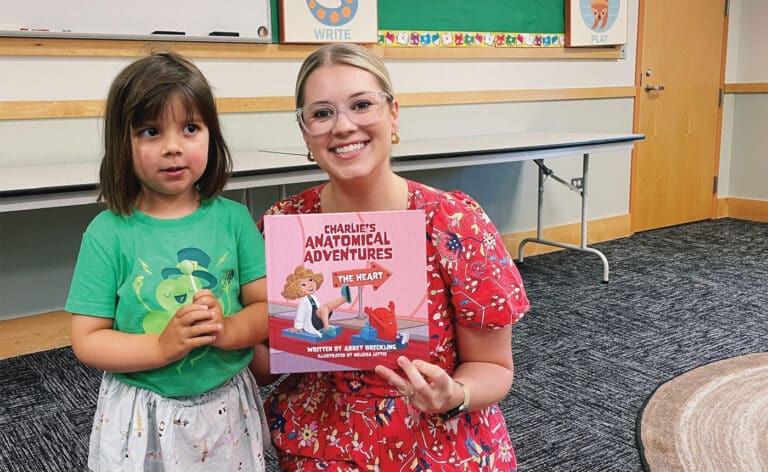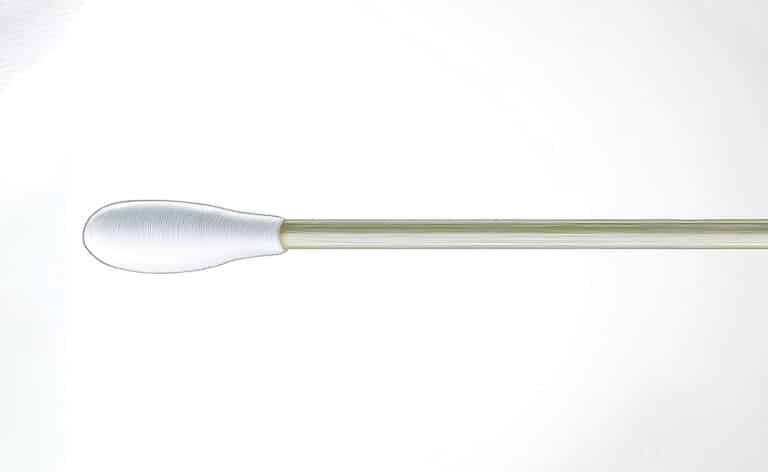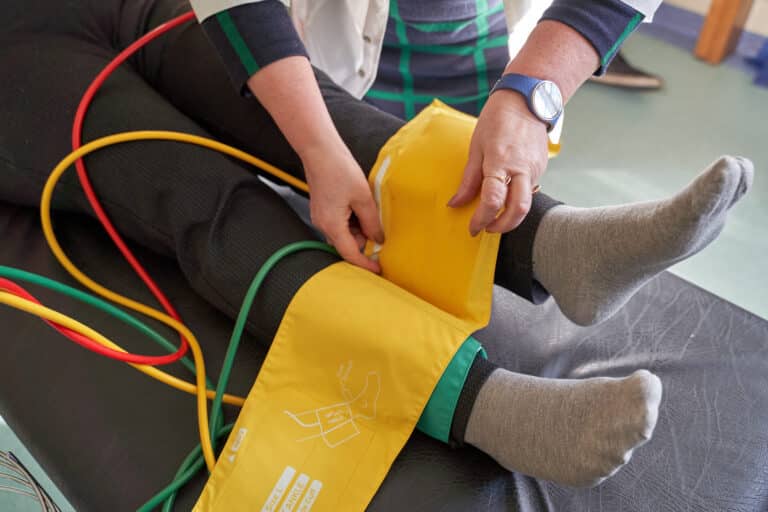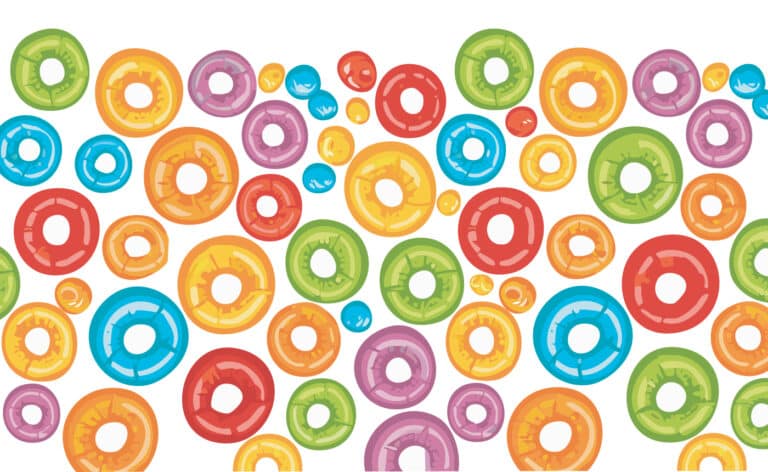Ongoing NIH cuts prompt confusion, concern in Chicago medical centers
Fact checked by Catherine Gianaro
Chicago’s healthcare and research institutions continue to grapple with the effects of the Trump administration’s restrictions on communications, grant review meetings, travel, and hiring. In January, the Trump administration paused all Department of Health and Human Services (HHS) public documents, communications, and speaking engagements and an immediate and indefinite suspension of all travel.
The freeze began via a memo on January 22. It was supposed to lift on February 1, but agencies remain, to varying degrees, under restrictions. This includes the NIH — where the effects on Chicago institutions are most pronounced.
“There’s just a lot of uncertainty,” says Monica Peek, MD, Ellen H. Block Professor of Health Justice and associate vice chair for research faculty development at the University of Chicago’s Pritzker School of Medicine. “We do science because we’re trying to improve the health and lives of Americans,” Peek says. “All of this progress is slowed down and can be actually reversed when the NIH can no longer function.”
Nationally, the NIH supports more than 400,000 jobs, including 14,225 jobs in Illinois. When a scientist receives an NIH grant, a percentage of the award goes to the institution where the scientist works to pay for materials that support the research, such as lab equipment, hazardous waste disposal, and utilities. According to the NIH, of the $35 billion in grants during 2023, about one-quarter ($9 billion) went to those indirect costs.
New restrictions cap that funding at 15%. The NIH in a guidance memo said that limiting the funding is “vital to ensure that as many funds as possible go towards direct scientific research costs rather than administrative overhead.”
On Feb. 10, 22 states filed a lawsuit against the NIH over the 15% cap. The suit contends that because of the policy, lifesaving research “will grind to a halt.”
In an interview with the journal Nature, Julia Barnes, PhD, a National Science Foundation-funded cultural anthropologist at the University of Tennessee, Knoxville, says that the administration’s moves show that the “United States is not a stable place to be a scientist.”
Thirteen divisions fall under the HHS umbrella, including:
- Centers for Disease Control and Prevention (CDC)
- Centers for Medicare & Medicaid Services (CMS)
- Food and Drug Administration (FDA)
- Indian Health Service (IHS)
- National Institutes of Health (NIH)

Additionally, the CDC has told its scientists to pause or retract research manuscripts under consideration at all journals — not only those produced by the CDC. The researchers must remove mentions of now-forbidden terms, including “gender, LGBT, pregnant person or pregnant people, and transgender,” Inside Medicine and The Washington Post report.
“Chaos and fear are already guiding decisions,” writes Jeremy Faust, MD, an emergency medicine physician at Brigham and Women’s Hospital, in the Feb. 1 edition of his newsletter, Inside Medicine. “While the policy is only meant to apply to work that might be seen as conflicting with President Trump’s executive orders, CDC experts don’t know how to interpret that. Do papers that describe disparities in health outcomes fall into ‘woke ideology’ or not? Nobody knows, and everyone is scared that they’ll be fired. This is leading to what Germans call vorauseilender Gehorsam, or ‘preemptive obedience,’ as one non-CDC scientist commented.”
For this story, Chicago Health reached out to more than a dozen local researchers. Only two agreed to speak on the record.
How the freeze impacts research in Illinois
Illinois institutions received $1.23 billion in NIH awards funding in the 2023 fiscal year, which researchers used to study issues such as heart disease, cancer, and Covid-19. That funding also supported 14,225 jobs in the state.
The NIH freeze canceled federal advisory committees and study sections, including meetings in which research awards are granted or research undergoes final evaluations.
“Study sections are preparing and meeting throughout the year,” Peek says. “People are working to prepare grants all the time. And so when there’s an automatic freeze on communication and on all meetings, it halts all of the science that is happening on behalf of the NIH.”
Shikha Jain, associate professor of medicine at the University of Illinois Cancer Center, says that even temporary delays in the grant preparation and approval process, which can take years, are likely to have long-lasting and direct effects on patients.
“The pause led to meetings that had been set up months to maybe a year in advance getting canceled or rescheduled,” Jain says. “Interrupting NIH study sections, which are essential for looking at research proposals, can actually delay getting research that will save lives. When you talk about pausing federal funding for clinical trials, these clinical trials are time-sensitive.”
This creates a situation where people receiving treatments for cancer are panicking that they may not be able to get their life-saving chemotherapy or treatments, Jain says. “Suspending grant reviews can impact even getting cancer patients their treatments. That doesn’t only stall the overall scientific process — it also directly stalls patient care.”
Initially, NIH-run clinical trials were unable to recruit new participants or meet with patient groups, but a clarifying memo sent on January 27 from newly appointed acting director of the NIH Matthew Memoli told senior leaders that clinical trials would remain. The clarifying memo also allowed for some purchases and suggested a return to grant reviews and travel.
The delays in the grant review process also mean uncertainty for research scientists, whose salary is often supported by NIH awards.
“This is literally funding that pays people’s salaries,” Jain says. “I think that something a lot of people don’t understand when they say federal funding is halted, they think it’s going towards only slush funds but, in actuality, this is how some people’s salaries are paid.”
Peek notes that such delays in grant reviews are likely to more severely impact early career scientists, who are less likely to have funding from a broader variety of sources.
Beyond grant reviews, freezes on meetings also affect the work of committees that help NIH think strategically about future directions for research.
“I’m on a committee right now that advises on diabetes research, and we have not been able to have large group or subcommittee meetings since the freeze began,” Peek says.
Disruption to meetings could also affect communications on emerging health crises, Jain says.
“Bird flu is an emerging health threat that we don’t have updated information on,” Jain says. “When you’re pausing federal funding, you pause the funding to help us educate the public on what is happening when it comes to outbreaks. The inability to have these regular meetings at the state level and at the local health level, as well as training sessions — teaching people how to deal with these types of things — directly impacts our ability to protect people and protect their health.”
The lack of a clear timeline has furthered confusion. “It’s unclear how long the freeze will be, what kind of subsequent changes or other things may happen within the NIH, within the administration,” Peek says. “Significant changes have already started to occur. It is unclear how far things will go.”
In response to the communications pause at the NIH, UIC Vice Chancellor for Research Joanna Groden issued a statement addressed to the UIC research community.
“We are actively working with our academic and government partners to understand how federal research policy changes, including recent executive orders, may affect our campus,” the statement reads in part. “We are also monitoring potential additional policy changes that may have implications for our campus.”
UIC received 75% of its 2024 research funding from federal sponsors, including $205.4 million from the NIH.
“Like most organizations, we are reviewing new federal guidance and assessing any impact,” a spokesperson for Rush University Medical Center said in a statement. “Decisions on how to move forward will be consistent with our mission to improve the health of the individuals and diverse communities we serve.”
Rush received $64,826,796 from NIH awards in the 2024 fiscal year.
Northwestern University and Lurie Children’s Hospital of Chicago, among the top NIH-funded institutions in the state, did not respond to requests for comment.
The NIH also did not respond to request for comment.
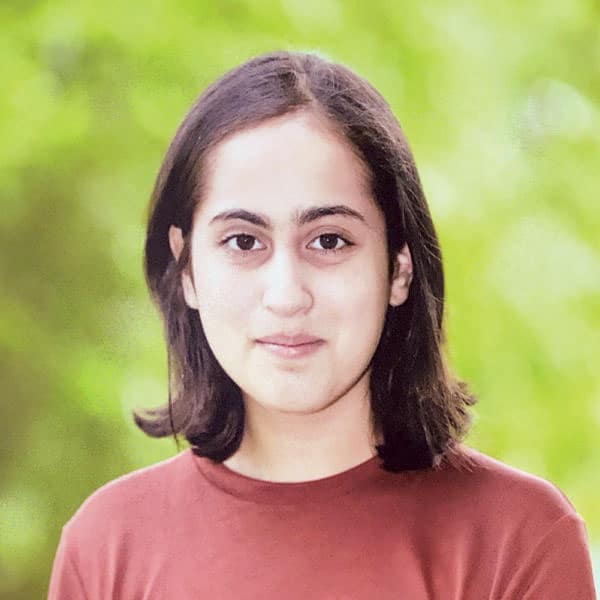
Anushree (Anu) Vashist is a freelance writer who often covers medicine, science, and higher education. She recently graduated from the University of Chicago with a double major in biological sciences and history.



